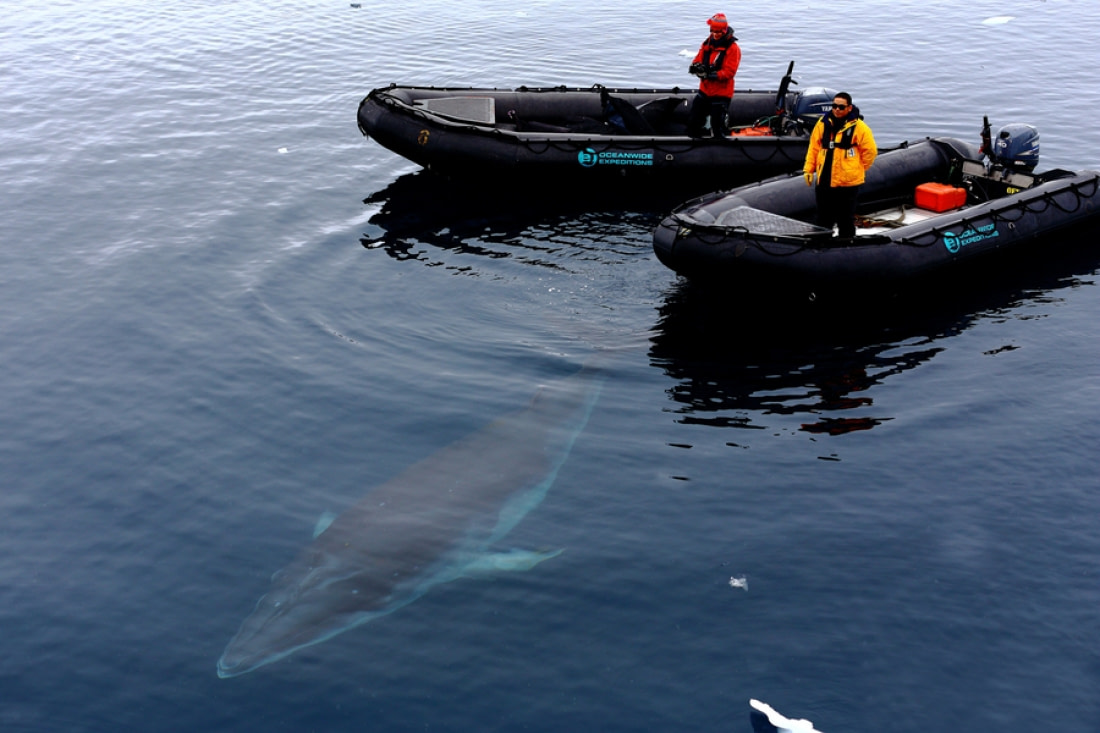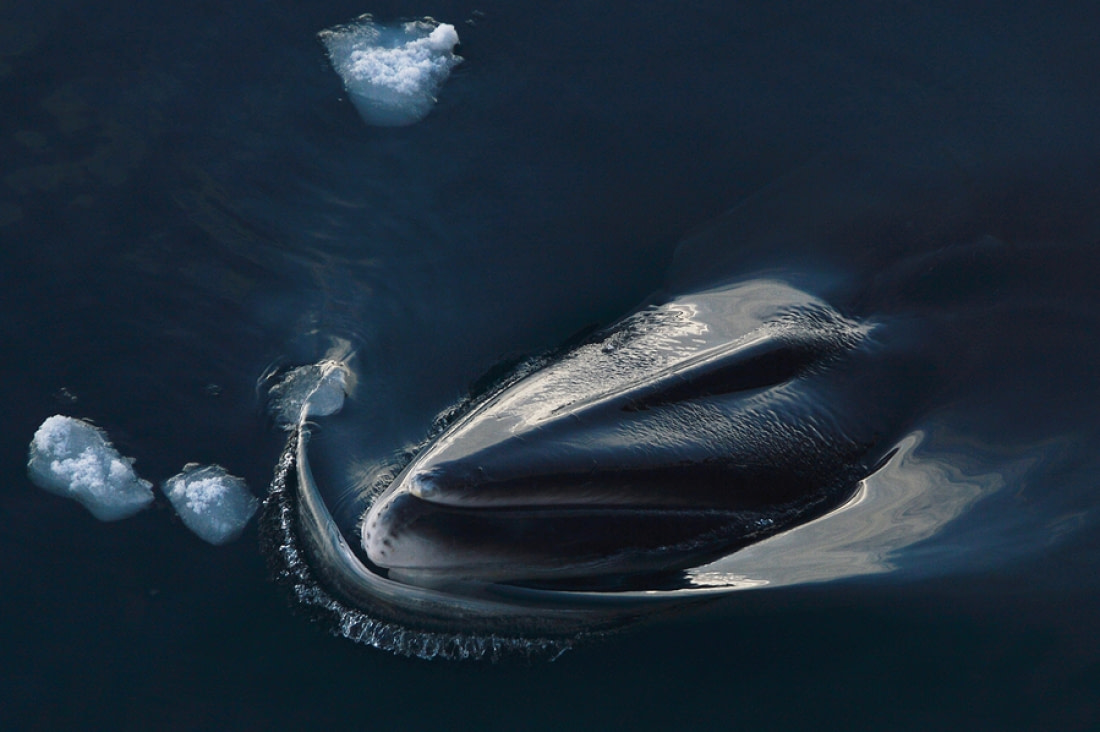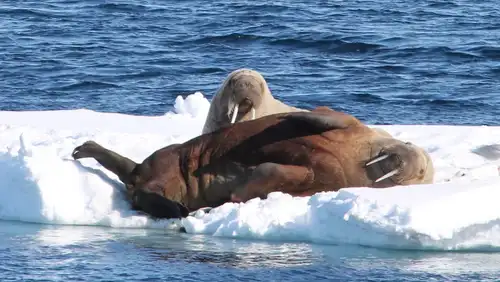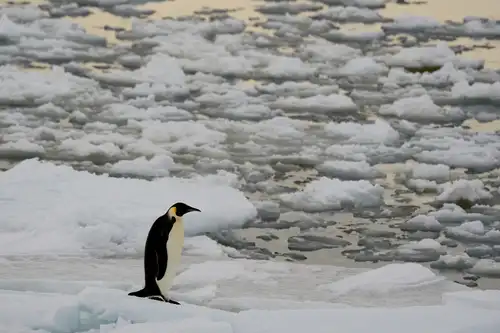Name: (Common) Minke Whale a.k.a. Lesser Rorqual, Northern Minke Whale (Balaenoptera acutorostrata). Antarctic Minke Whale a.k.a. Southern Minke Whale (Balaenoptera bonaerensis)
Length: 6.5 - 7.5 metres
Weight: 10 tons
Location: Worldwide from sub-Arctic waters in north to sub-Antarctic waters in the south
Conservation status: Least Concern
Diet: Small fish, krill
Appearance: Black or dark grey, lighter on belly. Northern variety has white bands on flippers
How do Minke Whales forage?
Minke Whales swim through schools of fish or krill-rich areas, gulping water and pushing it out through their baleen to trap prey. Dives last up to 20 minutes. They swim in circles around fish schools, decreasing the diameter until they can lunge into the balled-up fish.
Are Minke Whales social?
Minke Whales are usually solitary. When near others, they do not display cooperative hunting like some other whales.

How fast can Minke Whales swim?
Minke Whales can reach speeds of around 40 km per hour. Their cruising speed ranges from 5 km per hour to 25 km per hour.
What are Minke Whale mating rituals like?
Both sexes reach sexual maturity around 6 years. Mating season varies by location. Pregnancy lasts 10 months, resulting in a single calf about 2.5 metres long and 450 kg. Calves are weaned at 6 months, nearly doubling in length.
How long do Minke Whales live?
Minke Whales live around 40 years on average, with some reaching up to 60 years.

How many Minke Whales are there today?
There are approximately 800,000 Minke Whales worldwide, the highest number among baleen whales.
Do Minke Whales have any predators?
Killer Whales are the only natural predators, hunting Minke Whales in chases that can last an hour.
6 Magnificent Minke Whale Facts
- Minke Whales are the smallest baleen whales.
- Their vocalizations can reach up to 152 decibels, as loud as jet planes.
- They are nicknamed "Stinky Minkes" due to the smell of their spouting.
- Minkes migrate to warmer waters during winter.
- Their throat pleats allow expansion to take in large amounts of water when feeding.
- They often feed in areas with many sea birds, possibly using the birds' location to find food.

Svalbard’s 12 Most Iconic Animals

The Classic Polar Cruise: Antarctic Peninsula Facts, Pics, and More

The Ways and Wildlife of the Weddell Sea






